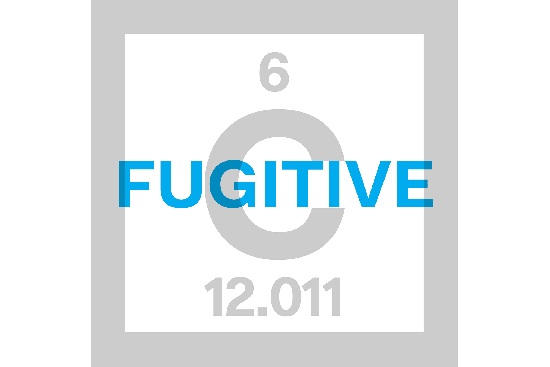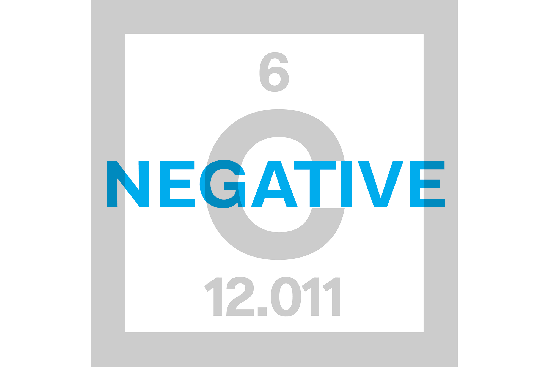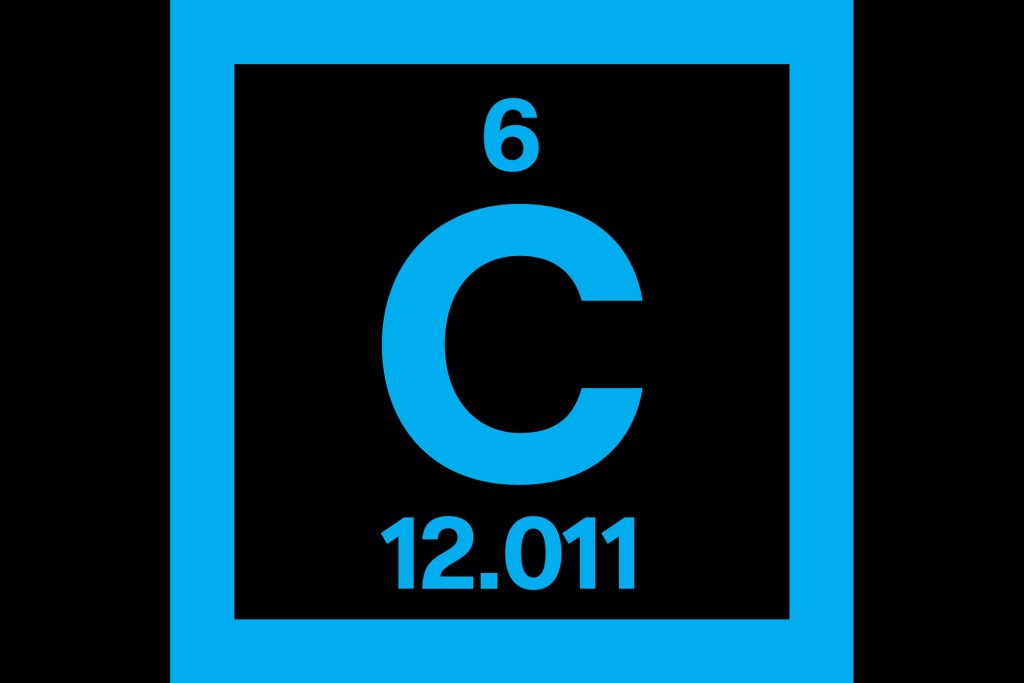This article was originally featured on our sister site ARCHITECT.
The September 2016 Motherboard article “Goodbye World: We’ve Passed the Carbon Tipping Point for Good” marked the permanent elevation of atmospheric carbon beyond the 400 parts-per-million (ppm) ceiling. Dire omens about the dangers of such high carbon dioxide levels, which scientists have repeatedly warned against, are now commonplace. The 400ppm milestone comes as no surprise: Influential publications like Jeremy Leggett’s The Carbon War: Global Warming and the End of the Oil Era (Routledge, 2001) have long cautioned against the perils of excess carbon dioxide due to human industrial activity. As a result, we have come to accept carbon as an enduring, adverse phenomenon—an unwelcome element that persists despite our insufficient efforts to diminish it.
William McDonough, FAIA, would have us think differently—that carbon is not the malevolent substance we have made it out to be. In his recent opinion piece in Nature, “Carbon is not the enemy,” the founding partner of his namesake firm in Charlottesville, Va., and leader in sustainable development reminds us of carbon’s role in our lives. “Carbon dioxide is the currency of photosynthesis, a source of Earth’s capacity for regeneration,” he writes. “Wool, cotton, and silk are carbon compounds, as are many industrial polymers and pure ‘supercarbons’ such as diamonds and graphene.
That is, the negative effects of anthropogenic CO2 should not be attributed to the element itself, but to humankind’s misuse of it. Atmospheric carbon is “a material in the wrong place, at the wrong dose, and for the wrong duration,” McDonough says. In this sense, global warming is a design failure, not an environmental one. Under the right circumstances, carbon can be a useful resource.
To reinforce this perspective, McDonough has proposed a new language of carbon that distinguishes between the physical contexts of carbon and how it is used, starting with three terms: “fugitive carbon,” “durable carbon,” and “living carbon.” Wherever human activity is concerned, these three are considered forms of “working carbon.”

Fugitive carbon is the result of unsustainable human activity, such as fossil fuel production or deforestation, that puts carbon where it doesn’t belong. This label applies not only to gaseous compounds like carbon dioxide, but also to solid forms like plastic garbage. Durable carbon is an abiding constituent of the Earth’s crust and a part of its natural reserve of minerals and other resources. And living carbon is a critical ingredient to biological cycles—the “currency of photosynthesis,” McDonough writes. It is an element whose presence is required for healthy forests and farms. (Those familiar with the author’s Cradle-to-Cradle philosophy will recognize a familiar duality: Durable carbon relates to so-called “technical nutrients” while living carbon is associated with biological nutrients.)
Regarding how carbon is used, McDonough’s new language also features three management strategies: “carbon negative,” “carbon neutral,” and “carbon positive.”

McDonough characterizes the first type, carbon negative, as just that—an undesirable application of the element. It thus results in fugitive carbon. Unfortunately, this definition will confuse many who currently use the term in the positive, to imply an outcome that leads to an overall reduction in atmospheric carbon dioxide.
Carbon neutral effectively maintains the elemental balance sheet, while carbon positive pertains to beneficial outcomes such as sequestering carbon dioxide in other useful materials, like soil or concrete.
McDonough’s thoughtful contextualization of carbon is welcome at a time when environmental conversations are often shaped by catchy and easily misinterpreted designations like “zero carbon,” “carbon neutral,” and “decarbonization,” thus weakening our grasp of the broader systemic picture. With the exception of his definition of carbon negative—which is sure to cause befuddlement, although one can appreciate the rationale—the new language is both sensible and memorable.
However, the model’s simplicity belies the complex realities of carbon cycles, inviting a more developed articulation of the relationships between different contexts and methods. For example, what are the mechanics behind the transformation of living carbon to the durable or fugitive kinds? Might some temporary forms of durable carbon, which McDonough claims include natural substances like cloth and paper, benefit from consideration as living carbon instead (that is, naturally biodegrading and providing nutrients for other products)? Most importantly, what is the collection of carbon-positive strategies that the AEC community should employ to transform fugitive carbon into the other types, and how should these strategies be prioritized for maximum effectiveness?
This new language of carbon is an enlightening and much-needed reality check in the war on carbon. Now we face the task of putting it to work.
